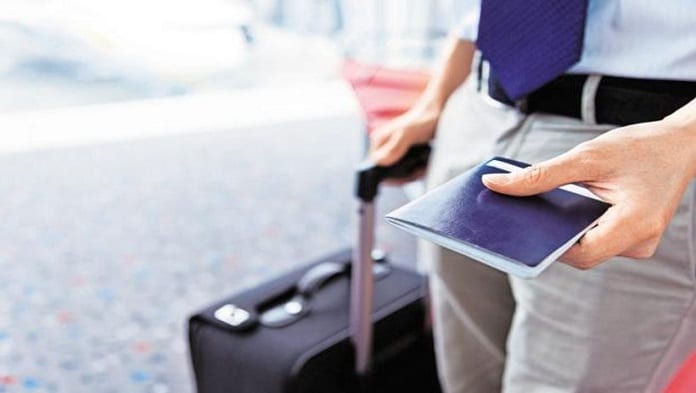There are hundreds of travel insurance policies available, so before you buy you need to know what type of policy you want, and what you want it to cover you for.
What type of policy do you need?
Who is going? Travel insurance is essential, but complicated. Protect yourself properly by researching all your options rather than just choosing the cheapest.
If you’re travelling with your family or friends, you can choose from one of these options:
Couple travel insurance – if you live at the same address as your partner
Family holiday insurance – for two adults plus up to four children travelling together – this will suit you if your children are 18 or younger and live full-time with you Single-parent family cover
Couple and child cover – often cheaper than a family policy if you have only one child
Watch out for:
A ‘family’ policy can be invalid if family members are travelling independently or if the children are travelling with someone not named on the policy.
A ‘family’ policy may not include children or step children who do not permanently live with the policy holder.
Where are you going?
Policies are often set by area, normally:
Europe
Worldwide excluding the US
Worldwide
Watch out for:
‘Europe’ in travel insurance terms is different to what is technically Europe so you need to check that where you’re going counts as Europe for your travel insurance company.
Make sure you’re covered for day trips over national boundaries – for example, Greece into Turkey, Gibraltar over to Morocco, or the USA into Mexico if your policy is based in one specific country.
If you visit a country – or part of a country – after the Foreign and Commonwealth Office has warned against travelling there your travel insurance will be invalid.
How often do you travel?
If you travel abroad more than twice a year, annual holiday insurance or multi-trip insurance is usually better value. You also have the benefit of being able to take trips at short notice without having to arrange insurance.
Luggage and belongings:
Travel insurance covers your baggage and belongings in case they are lost, damaged or stolen. The typical limit for baggage and belongings is £1,500 – you’ll have to work out whether that’s enough or too much. And you’ll also need to be aware of the single item limit, which is the most the policy will pay out on any one possession. The limits vary, but are typically either £250 or £500. If someone steals your cash while you are on holiday, the payout is again usually limited to £250 or £500.
Liability cover:
Personal liability is often overlooked but covers any costs if you injure someone, or damage their property – a limit of £1m is the norm. Travellers can choose a policy for a single person, a couple or a family. It can often work out cheaper to buy a family policy than to arrange separate cover for several people. It also cuts down on the paperwork.
Excess payments:
The excess is the amount that the policyholder pays towards any claim – and you need to check the excess terms on the policy before you buy. For example, some policies charge an excess per section, and the costs can quickly add up. For example, if you were mugged, you could be charged a £75 excess for medical costs, plus a £50 excess for loss of personal effects.
Other policies charge just one excess per claim, which can work out much cheaper.
